Many schools these days have preK programs in addition to serving K-12 students. Food service procedures can be a little confusing when mixing age populations. Thankfully, the USDA provides some guidance when preK students co-mingle with older students at meal times. You can download a fact sheet (PDFs: [English] [Spanish]) outlining the school meal patterns for preK students and the differences between preK meal patterns and those of older students.
In general, the USDA encourages schools to serve meals to preschoolers separately from older students. For starters, independent meal times allow schools to serve preschoolers' family-style, which CKC advocates for with many of the child care centers we serve. Giving preschoolers the opportunity to serve themselves builds their confidence and independence and allows them to choose foods they prefer. Co-mingling preK with older students may result in less supervision of the younger students who may be trying new foods for the first time. Younger students also may not eat sufficiently because they're distracted or intimidated by older kids.
The preschool meal pattern provides the amounts and types of foods that most younger children need for healthy growth and development. This is best done in a separate setting, whenever possible. If you must serve populations together, refer to the fact sheet for help on differentiating the meal patterns for the populations you serve.
If you have questions after reviewing the fact sheet, please contact General Manager Laurie Yohn, SNS, RDT.


